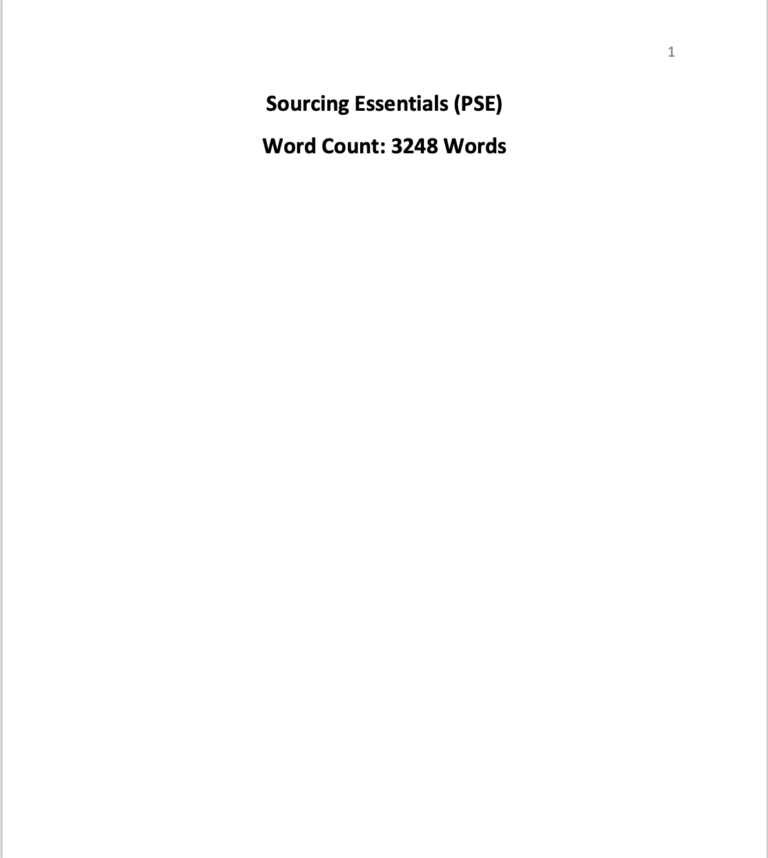Description
Solution
| Explain the key components of an effective total reward system. (AC5.1)If you use secondary sources you should include your short references in the narrative here. Wordcount: Approximately 250 words. |
| Total Reward System
The total reward system represent comprehensive and well-integrated strategy to reward staff by using compensation, benefits, perks, recognition opportunity, work and life balance, career growth and development (CIPD, 2023). Financial Rewards This is also identified as monetary pay offered to the employees for executing their functions which include pay, bonuses issued, commission and benefits (AdareHR, 2021). Financial rewards include; Base Pay– This example include the salaries and hour-based wages offered to the employees to pursue their job functions. For Clean Quarter, this can be fixed despite of how the organisation or employees execute their roles. Performance-based Pay– This entail further pay which is offered to the employees after they have achieved their assigned roles or succeed in the competency-based system. In Clean Quarter, this can include bonus, profit-based sharing, spot rewards and commission-based pay. Non-Financial Rewards This is identified as non-monetary rewards offered to employees and include being recognised, capacity development, flexibility in working and appropriate workplace culture. The examples include; Learning and Development– The provision of L&D strategies to staff offer them with an appropriate opportunity of attending to external and internal capacity development initiatives. This is while sourcing for support of learning for relevant qualifications or lateral/upward movement in organisation job positions (Pluxee, 2023). For Clean Quarter, this facilitates staff to consistently establish new capability which contribute to increased engagement and performance increase. Recognition Program– This entail a set of initiatives set for acknowledging staff and team-based progress. In Clean Quarter, this can include long service award offered, thank you note, and special mention in their organisations newsletters (Masionis, 2023). This could increase motivation levels and retention.
|
| Explain the relationship between reward and performance. (AC5.2) If you use secondary sources you should include your short references in the narrative here. Wordcount: Approximately 250 words. |
Please click the following icon to access this assessment in full
Related Papers
(Solution) CIPS APGLM Equality and Diversity Policies in Modern Organisation
(Solution) CIPS Sourcing Essentials Assessment
- In this assessment, sourcing approaches have been identified and holistically reviewed. This is in line with RCU organisation IT spend category. This is further compared with payment services, document management category which is office suppliers and postal services.
- For evaluating the identified spend categories, various tools have been selected which are Kraljic Analysis Tool, Mendelow’s Analysis Tool for Stakeholder analysis and the Maslow Hierarchy of needs.
- Further, by using the SWOT analysis, the internal and external factors of the sourcing have been selected. A further analysis by use of Peter Block Grid’s has been applied to evaluate the interests of stakeholders to source appropriate position.
- The findings indicate that RCU adopts the best sourcing approach based on their needs.
- Finally, by using Carter’s 10Cs model, the best practice for pursuing suppliers appraisal has been provided for IT spend category.



